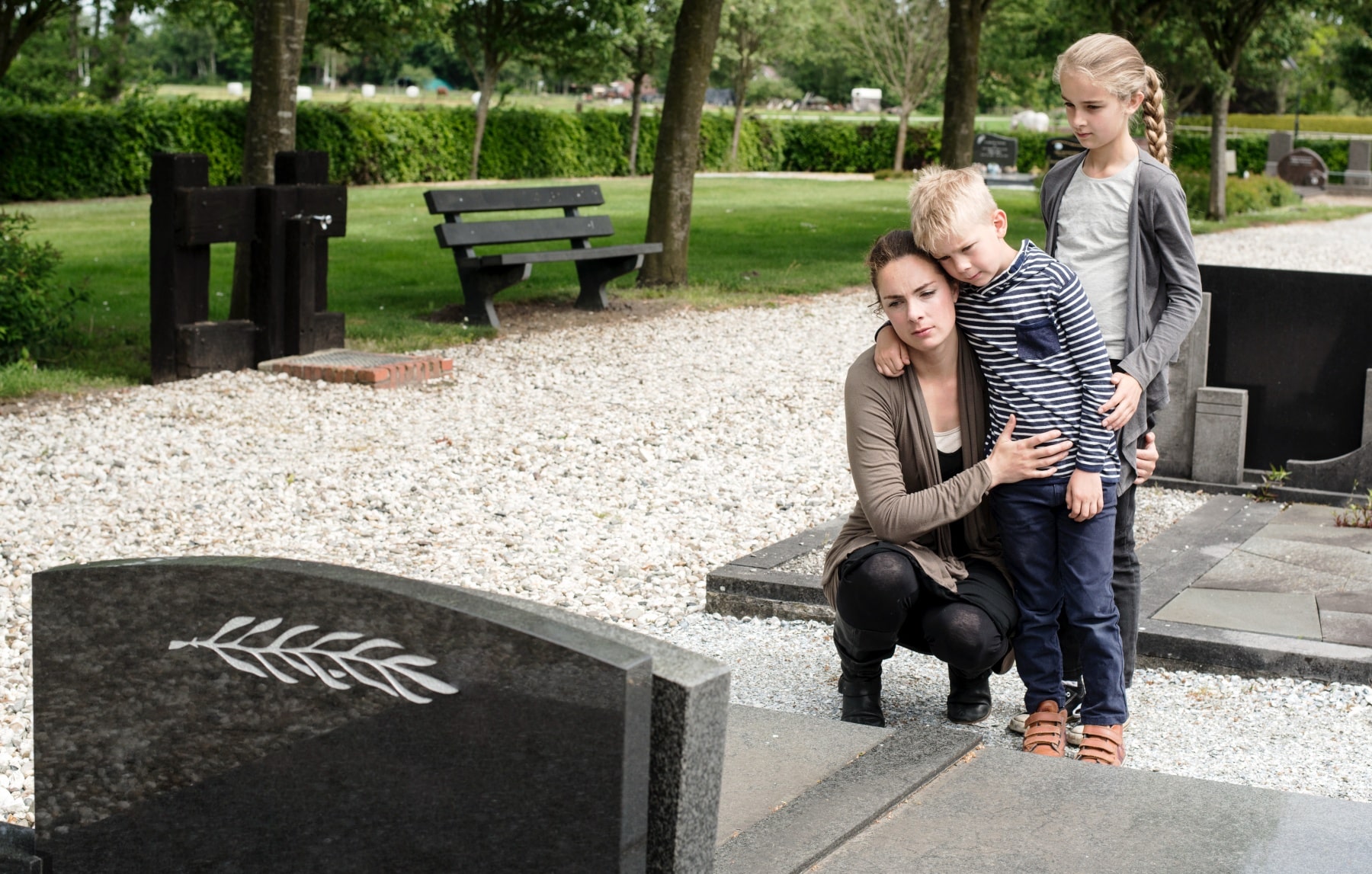What is the 2025-2026 Cost of Living Adjustment in Washington State Workers' Compensation? Washington State’s Department of Labor & Industries…
Labor & Industries Claim Allowance Requirements
There are two types of Labor and Industries claims, each with their own requirements for allowance and treatment under the Industrial Insurance Act (workers’ compensation law).
Industrial Injury Labor & Industries Claim
The first type of claim is called an Industrial Injury. RCW 51.08.100 defines an industrial injury as “a sudden and tangible happening, of a traumatic nature, producing an immediate or prompt result, and occurring from without, and such physical conditions as result therefrom.” It’s a mouthful, and it’s more technical than it appears at first glance.
A good example of an industrial injury claim is when a worker falls off a ladder and breaks his leg while on the job. The fall is a sudden and tangible happening. The breaking of the leg is traumatic in nature. An immediate or prompt result occurs inside the body, including pain and tissue damage. The causes of that traumatic happening include gravity, which is a “force from without” the body.
This classic example of an industrial injury has a specific day and time that it occurred, so it is possible for all parties to fully investigate that it occurred during the worker’s employment. A straightforward injury such as this usually requires immediate transport to the hospital and is normally allowed by the Department of Labor & Industries without much friction.
Occupational Disease Labor & Industries Claim
The second type of claim is called an Occupational Disease claim. RCW 51.08.140 defines an “occupational disease” as “such disease or infection as arises naturally and proximately out of employment…” This type of claim differs from an industrial injury claim in that it occurs over a prolonged period of time and is usually associated with repetitive work.
To show that an occupational condition “arises naturally” from employment to the Department of Labor & Industries, the worker must show that “distinctive” work conditions inherent to the employment caused the resulting medical diagnosis. The distinctive work conditions have to contribute to causation more likely than conditions of everyday life or conditions of all employments generally in order to qualify. The “distinctive conditions” cannot coincidentally occur in the workplace but must instead be tied to required work processes. Then, to show that these distinctive conditions are a “proximate” cause, the worker must demonstrate through the opinion of a medical expert that the conditions “more probably than not” were a cause of the development or aggravation of the medical condition diagnosed.
A good example of an occupational disease claim is where a person operating a jackhammer gets diagnosed with carpal tunnel syndrome (CTS). The distinctive condition of employment that causes CTS is the excessive vibration caused by the jackhammer. Jackhammer vibration is more likely to cause the development of CTS than activities of daily living or conditions that exist in all employments generally. The vibration is inherently a part of the jackhammering work process. A medical expert will likely testify that this vibration is both a distinctive condition of employments involving the use of a jackhammer and is a proximate cause in the development of CTS on a more probable than not basis.
Labor & Industries Statute of Limitations
Statutes of limitations apply to the filing of either an industrial injury claim or occupational disease claim in the state of Washington.
For industrial injury claims, RCW 51.28.050 provides that “no application shall be valid or claim thereunder enforceable unless filed within one year after the day upon which the injury occurred or the rights of dependents or beneficiaries accrued…” except when there has been “claim suppression” by the employer (for example, the employer told the employee not to file a claim or the employee would be fired).
For occupational disease claims, RCW 51.28.055 provides that “occupational disease or infection [claims] to be valid and compensable must be filed within two years following the date the worker had written notice from a physician or licensed advanced registered nurse practitioner: (a) of the existence of his or her occupational disease, and (b) that a claim for disability benefits may be filed. The notice shall also contain a statement that the worker has two years from the date of the notice to file a claim.”
Thus, the claim filing requirements for a workers’ compensation matter in Washington are that the injured or occupationally ill worker must have a condition that satisfies the legal requirements of either an industrial injury, pursuant to RCW 51.08.100, or an occupational disease, pursuant to RCW 51.08.140. It also stipulates that the claim must be filed with the Department of Labor & Industries within one year after an industrial injury and within two years after the manifestation of an occupational disease. The filing process is straight-forward. The injured worker needs to only make a request to his or her physician, physician’s assistant, advanced registered nurse practitioner or chiropractor to file their injury or occupational disease claim with the Department of Labor & Industries. State law requires the attending provider to assist.
Hiring a Labor & Industries Attorney to File Your Claim
If you need to file a claim for industrial injury claim or occupational disease, consulting an experienced L&I attorney at Washington Law Center before making your initial L&I claim filing can help you avoid common pitfalls and mistakes.
For example, you should pick your own physician to make your L&I claim rather than going to a facility recommended by your employer.
You should review a calendar, time cards and the specific location of your work (if you work at different locations) to ensure that you are not reporting the injury on an incorrect date or in an incorrect location.
You should keep a notebook of recollections about the specific date of your injury, such as what work processes were being performed, who was around you on the day you were injured, and how everyone reacted or didn’t react to your injury. And when the employer’s HR representative asks if you think you may have hurt yourself at home, be clear that you have not (so long as that is the truth).
If you have any serious complexity to your injury facts, like a failure to timely report to a supervisor, it is often best to retain an experienced Labor and Industries attorney so that you can then report back to your employer that your attorney will answer any additional questions HR may have and have advised you specifically not to speak of your work-related injury to others until after the claim is allowed on a final and binding basis.
At Washington Law Center, if you have retained our services, we will provide you with your supervising L&I attorney’s cell phone number so that you can give this to your employer in order to show how willing you are to comply with all inquiries that are being made regarding your claim filing, but at the same time, you do need to follow your attorney’s advice. That move generally shuts down most potential conflicts that can otherwise be created when an injured worker is unrepresented at time of claim filing.




